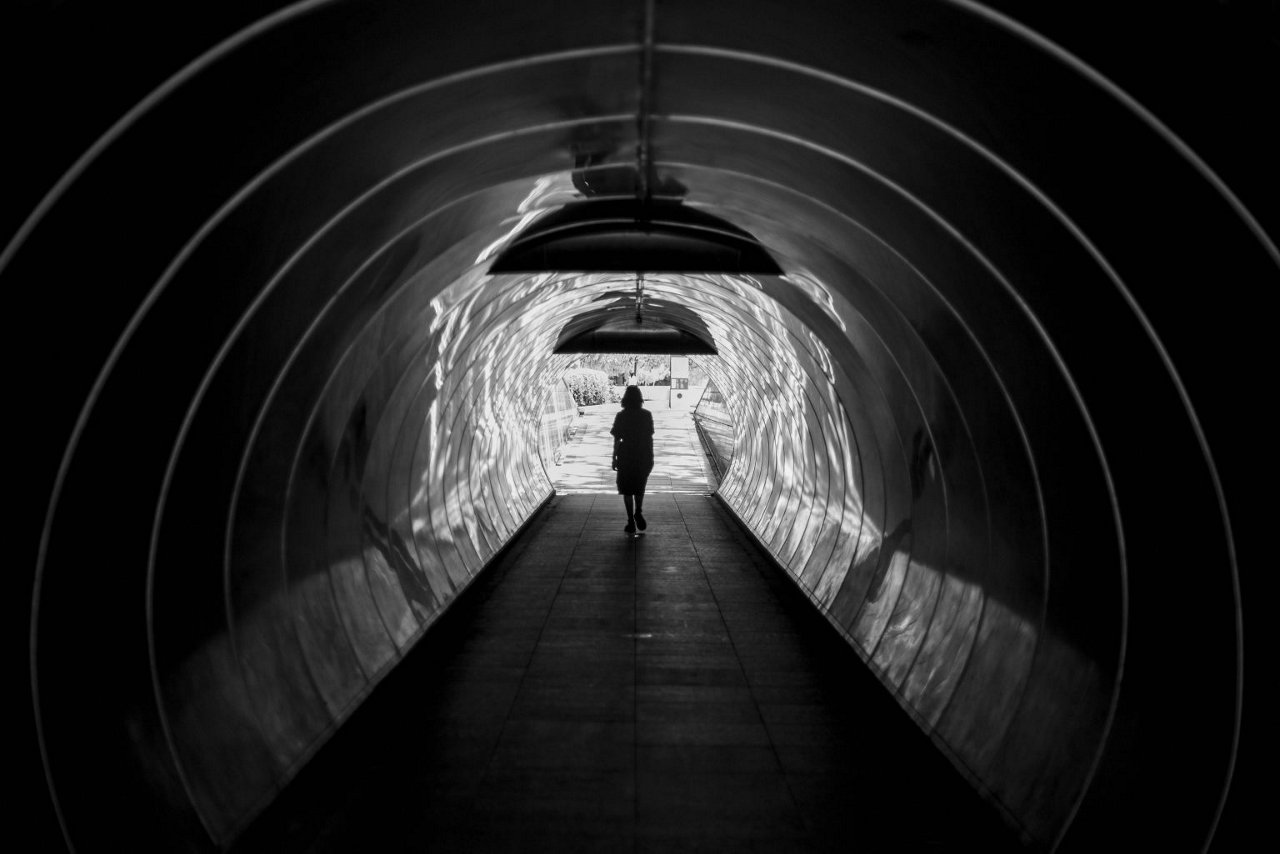For more than half of her life, Crystal has always felt as though she'd been watching herself navigate through life from a third-person point of view. That's what depersonalisation-derealisation disorder (DDD) does to people.
"It's like watching someone streaming a video game playthrough. You're just watching someone play your game."
Derealisation leaves her with the feeling that the world around her isn't real. Depersonalisation, the other half of the mental illness she's been diagnosed with, leaves her with the inability to recognise herself as a human being.
Not so much in the sense where she doesn't recognise herself in the mirror, but there's a chasm between seeing her hands in front of her and understanding those hands belong to her. A sense of detachment between her brain and her body and the connection linking the two is missing.
I never would've imagined the bubbly, unassuming 25-year-old had so much on her plate.
Considering the severity of her chronic dissociative episodes, I'm surprised when she tells me she only started going to therapy a year ago, despite wanting to do so since she was a teen.
It boiled down to just one problem: Therapy was just too damn expensive.









